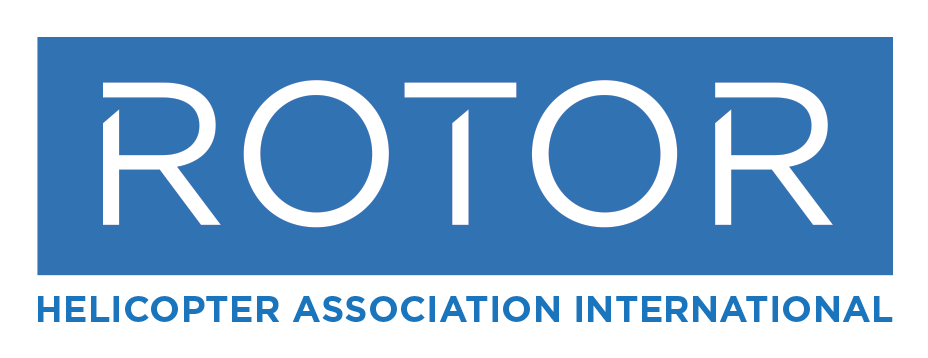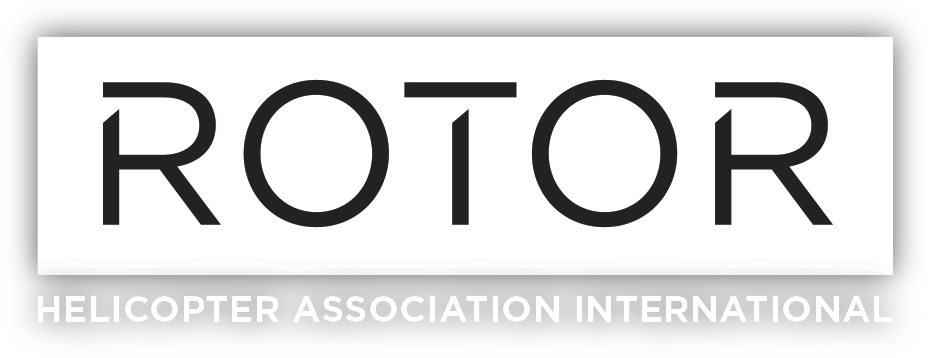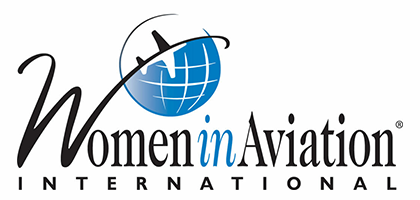Because the military and the civilian helicopter industry calculate flight time differently, military pilots must take additional steps to accurately transfer their military flight hours into a civilian logbook.
All citations below refer to the Federal Aviation Regulations (FARs), which is the part of the Code of Federal Regulations that governs US civil aviation and is administered by the FAA.
While the military tracks in-air flying time, the FAA’s definition of flight time (14 CFR §1.1) includes associated taxi time: “Flight time means: Pilot time that commences when an aircraft moves under its own power for the purpose of flight and ends when the aircraft comes to rest after landing.”
According to the FARS, who can ACT as pilot in command (PIC) and who can LOG pilot in command time are two separate concepts:
Briefly, 14 CFR §61.51 allows pilots to log PIC time when he or she:
- Is the sole manipulator of the controls of an aircraft for which the pilot is rated
- Is the sole occupant of an aircraft, or is acting as PIC of a mandated multipilot aircraft
- Is rated, holds at least an FAA commercial license, and performs the duties of a PIC under supervision of a qualified PIC (as in a PIC training program), or performs as an instructor when giving instruction.
Flight Simulator and Flight Training Device Time
You should log training time on flight simulators and flight training devices in your pilot logbook. Though simulator time is not defined as flight time, it can be logged as training time. Include it on an aviation resume in a category that is not defined by the FARS, such as Total Time.
Additional Tips and Guidance
Your logbook should reflect your hands-on (PIC) flight time. Your military crew or seat position (for example, AC, PI, PC, IE, MP, etc.) does not necessarily apply when it comes to logging your PIC time.
Log each flight, line-by-line. It is highly advisable to keep your own pilot logbook; don’t depend on the log your company keeps for you nor the in-air or Hobbs meter time entered into the aircraft maintenance log. Your flight hours are an important part of your civilian resume – don’t leave it for someone else to do correctly (or incorrectly).
Keep an eye out for any special flight conditions that should also be documented. For example, some civilian helicopter companies will also want your overwater/offshore, night unaided, or mountain time. Check current job advertisements to know what employers are looking for. Transfer any existing endorsements; no additional verifications are required.
If you’re going to an interview with a civilian company, bring your pilot logbook, not your military flight records (for example, DA 759, etc.). Everything usable from your military records should already be transferred into your logbook.
Many in the civilian industry have no idea about military requirements for logging flight time. If anyone asks if you have made any conversion or adjustments to your flight time, be prepared to comfortably explain that the adjustments have been made properly and in accordance with the FARs.





